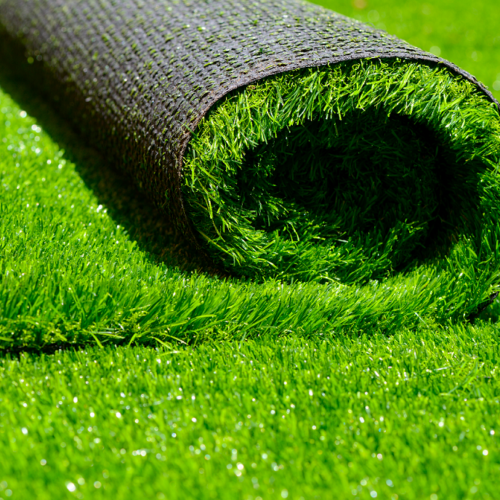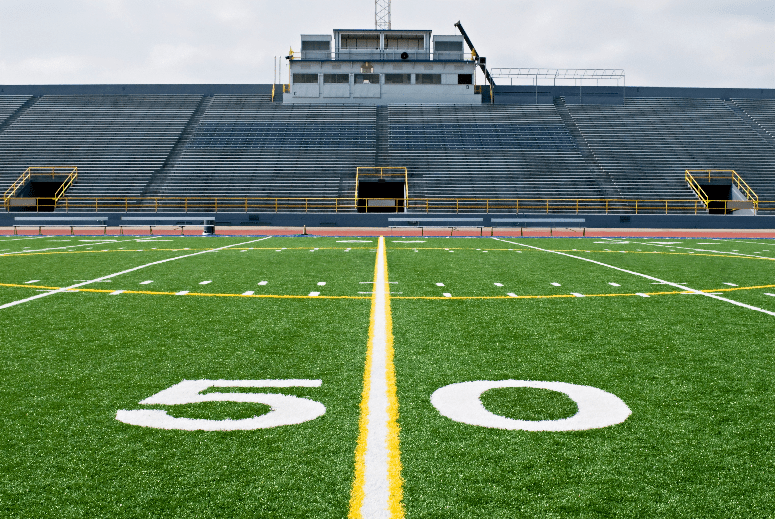Turf forms the backbone of several sports, including golf, soccer, and football. You have a choice – you can either use real turf or artificial turf for your golf course or sports complex. Artificial turf has been gaining in popularity lately, appearing in some large sports stadiums, local fields, parks, and even home lawns. Artificial turf has appeared in the headlines as people discuss its impact on performances in some football games. We at Arborjet | Ecologel are strong proponents of natural turf. This blog post breaks down the advantages of going natural.
Should You Use Real Turf?
There are several advantages to relying on natural turf on your field or sports stadium. Many people might first think of the downsides – all the maintenance! Having to use all that water! Chemicals!!! But natural grass also comes with several benefits, and products and solutions exist to mitigate required work. First, like all plants, grass produces oxygen that humans need. During the growing season, 25 square feet of grass will produce enough oxygen for one adult in one day. The average football field can produce enough oxygen for 2,304 adults!
Natural grass stays cool, even in direct sunlight, due to the plant’s transpiration process. It is also beneficial for soil and wildlife. Preserving soil quality is important for other plants that grow near the field, including shade trees and ornamental flowers, and for insects and microbes that live in the soil.
Why Not Use Artificial Turf?
Saving time and money on maintaining natural turf isn’t enough of a reason to switch to artificial turf. There are several drawbacks to consider when it comes to artificial turf. Player safety can be a real concern: playing on artificial turf leads to a 28% higher rate of player injury. The plastic surface also more readily absorbs heat, often getting hotter than concrete. On a hot sunny day, artificial turf can get between 140 and 170 degrees! None of this creates a good playing environment for athletes.
Artificial turf isn’t necessarily more environmentally-friendly either. Most artificial turf is made from petroleum or other products that require a lot of processing, and they aren’t easy to dispose of when they need to be replaced (and they will need to be replaced…the plastic will get dirty and worn down over time). Crumb rubber is often used to fill in the gaps between the “grass blades,” which can be hard to clean out from sports uniforms and lead to a dirtier environment.
In addition, having a big mass of plastic carpet over soil creates compaction and uninhabitable soil conditions.

While it’s true that real grass requires water and maintenance, several products can help make the process easier. Hydretain helps conserve water by converting evaporating water in the soil back into plant-usable liquid water, which means you need to water and irrigate less even in the heat of summer. Products that contain carbon, such as CytoGro or Bio MP will help develop roots and condition soil to create healthier soil with greater nutrient availability.
For player safety, comfort, and environmental health, natural turf has huge advantages. Keep these points in mind if you’re considering how to best take care of sports fields and playing areas!

